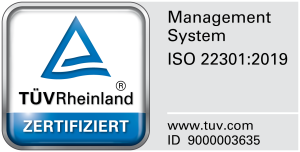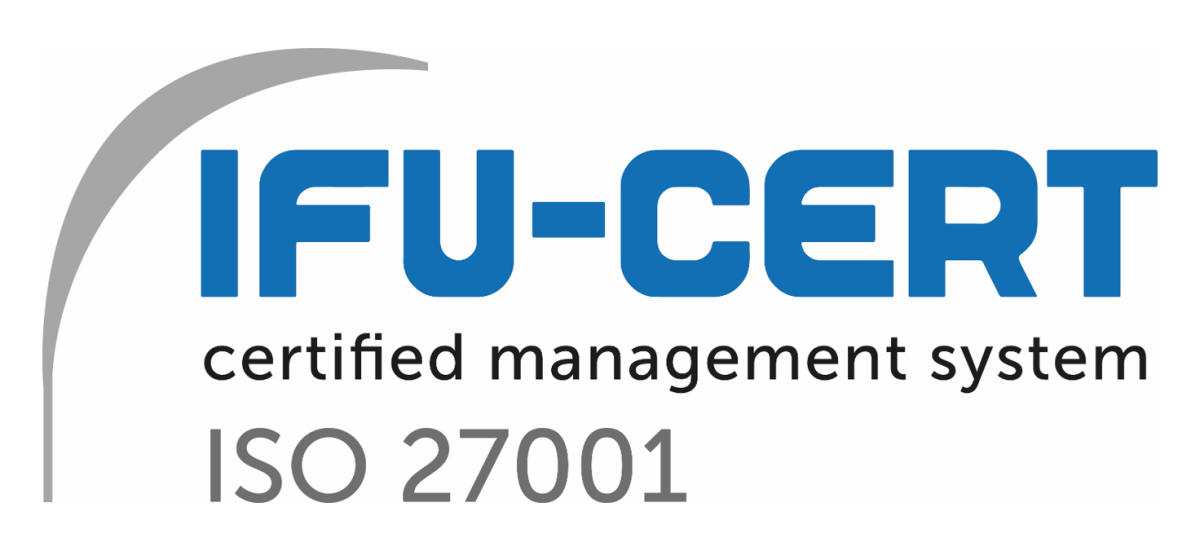MPO – Features of the User Profile Management
MessagePlus/Open comes with a comprehensive User Profile Management (UPM) capability allowing the modelling of complex organizational structures with many hierarchical levels. It is even possible to define several independent organizations in a single MessagePlus/Open instance, each owning it’s own virtual system – a very interesting option for service providers. However, when these options are not required the software comes with a preconfigured UPM, which can be adapted to customer specific needs with few clicks in the administration GUI.
One capability of the MessagePlus/Open UPM is providing access control for system functions – if necessary with fine granularity. What is less well known is that the UPM provides various options for defining attributes which can significantly enrich the system usage for users of email systems as well as for external applications interacting with MessagePlus/Open via integration modules.
Let’s look at a specific example. A user is sending fax messages from an Outlook client via MessagePlus/Open and needs to have his personal TSID (Transmitter Subscriber ID) in the fax header line. In addition he wants to use a personalized coverpage which should include his full name, department name and phone number. If this user is defined in the UPM with the above information and sends a message from his Outlook client to a fax recipient then MessagePlus/Open automatically looks up the UPM record corresponding to his email address and adds the required parameters.
Also on the incoming side the usage of the MessagePlus/Open UPM makes a lot of sense for external users and applications. A typical example would be where a specific fax number or extension is set up for individual users, user groups or applications. If a fax message is received on this dialup number MessagePlus/Open can determine the associated delivery destinations such as email addresses, printers or applications. Using the analysis features of MessagePlus/Open it is even possible to determine specific entities such as item groups or index classes in a content management system corresponding to a combination of various attributes of the received message.
Well, our Outlook user probably will be happy with these functions. However his system administrator most probably will see things a bit different – in particular if he has to maintain thousands of users. The good news for him is that you can use the described functions without creating or updating anything manually in the MessagePlus/Open UPM as tools are provided to automatically synchronize this data with external directories through the LDAP protocol. Once the UPM synchronization tool is configured all relevant data is automatically synchronized with Active Directory or other external sources and you will not only have satisfied users but also relaxed system administrators.




